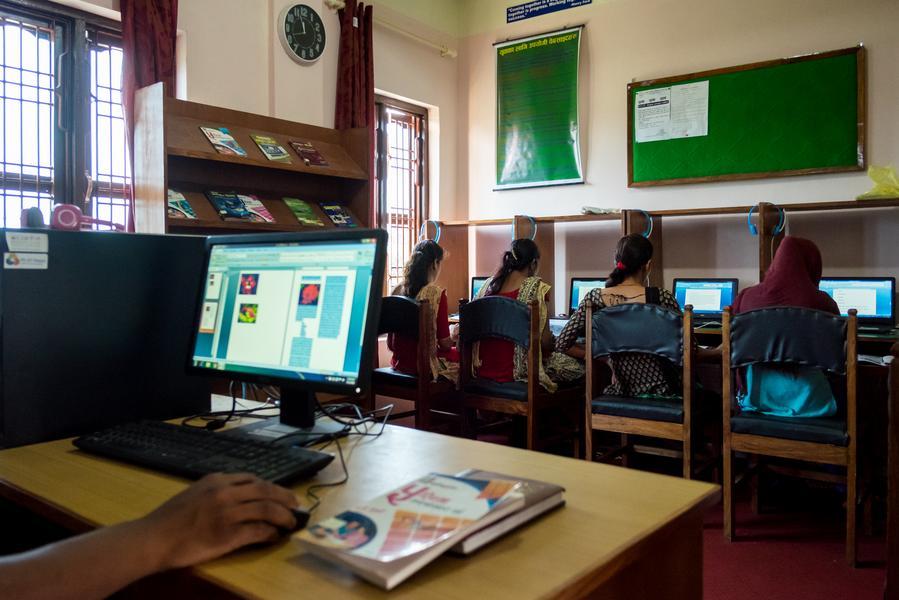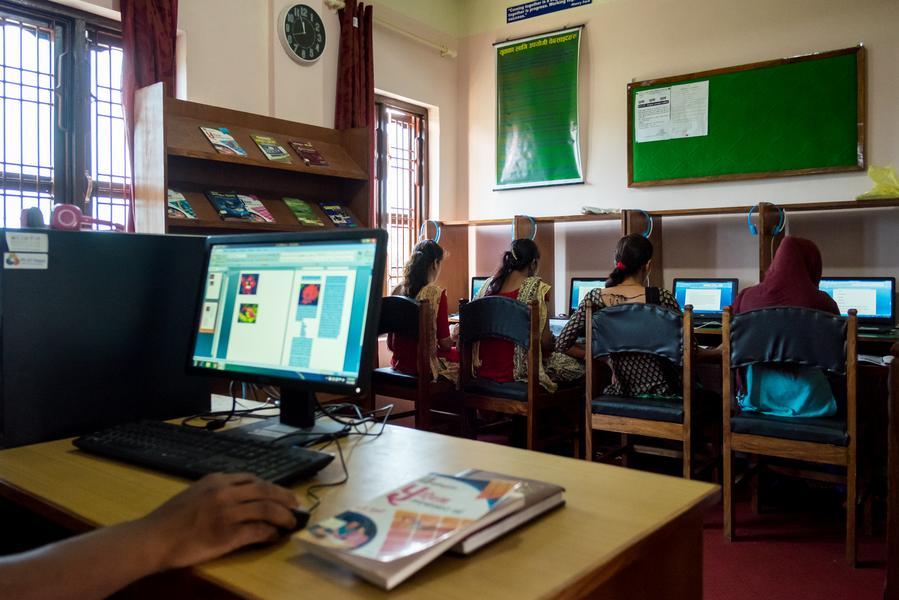Context and Issue
In the rapidly evolving landscape of the 21st century, technology in education has shifted from being a mere option or choice to an unavoidable reality. The capacity of teachers plays a crucial role in effectively incorporating technology into teaching and learning, thereby nurturing essential skills in students. Recent research by Shear, Gallagher, and Patel (2011) examined teaching practices across more than 20 schools in seven countries, highlighting that a significant factor enabling innovative teaching and learning is the close alignment between policy objectives and classroom implementation. Furthermore, extensive research underscores that integrating ICT (Information and Communication Technology) into educational practices necessitates more than occasional professional development; it calls for systematic policy-level changes to establish a supportive environment.
Solution
These intervention aims to develop a set of generic tools and training modules to help countries build national capacity in defining national ICT competency standards and developing an assessment/monitoring system. It also aims to build the capacity of national teacher education institutions (TEIs) to develop appropriate curricula aligned with the developed national ICT competency standards.
Insights
The country-level needs assessment research and stakeholder consultation workshops are critical processes for building ownership and capacity for contextualizing and aligning the ICT-CFT to national education and teacher development policies and objectives.












